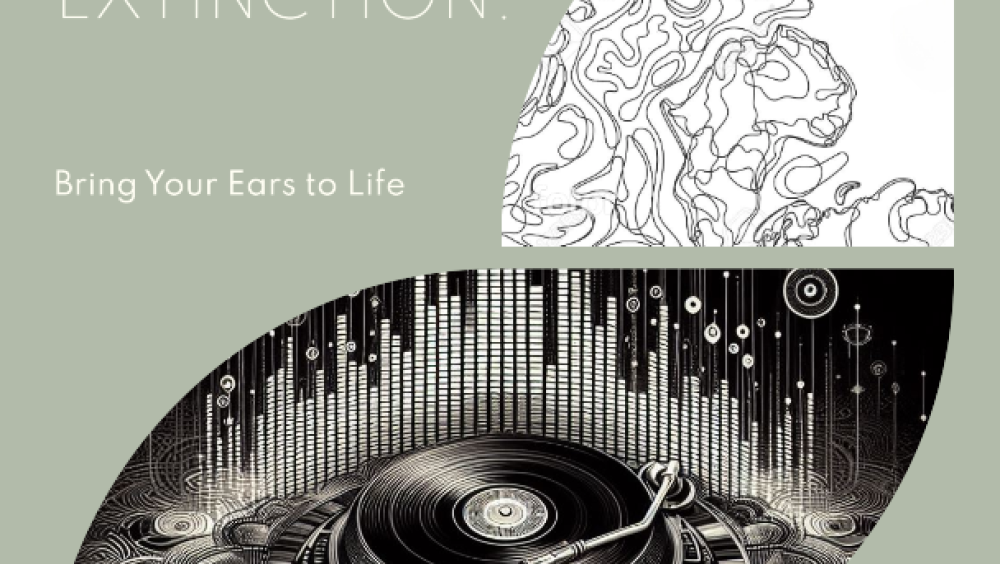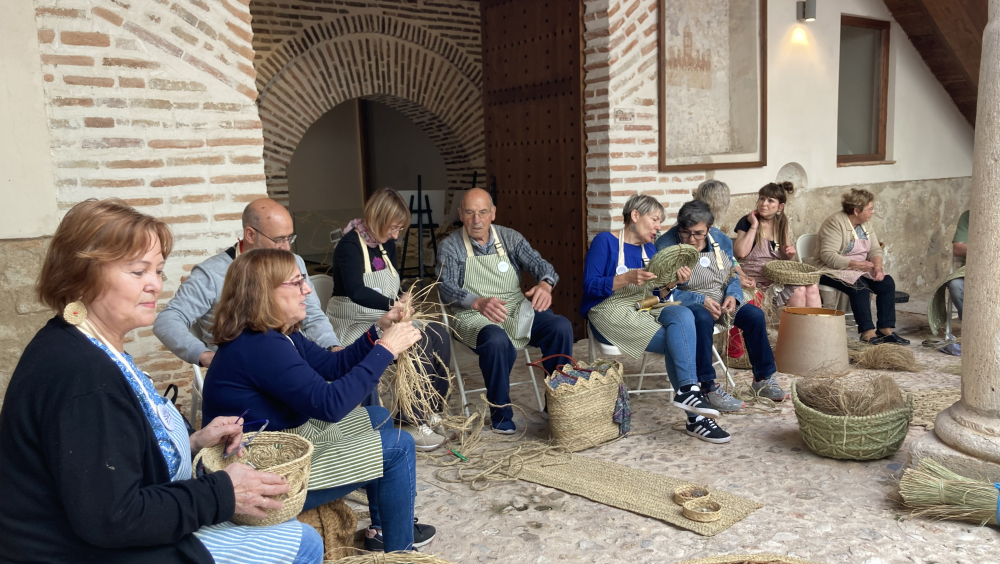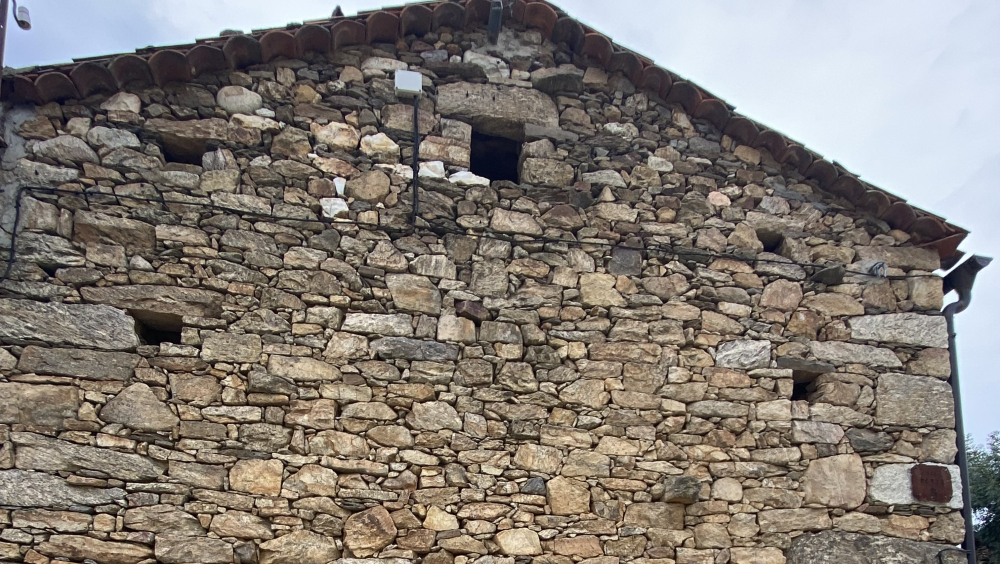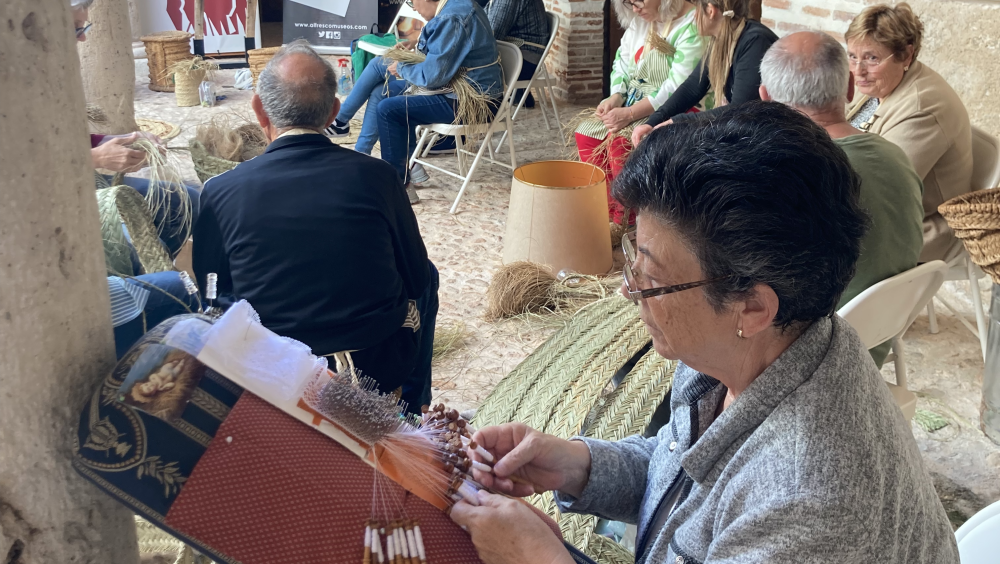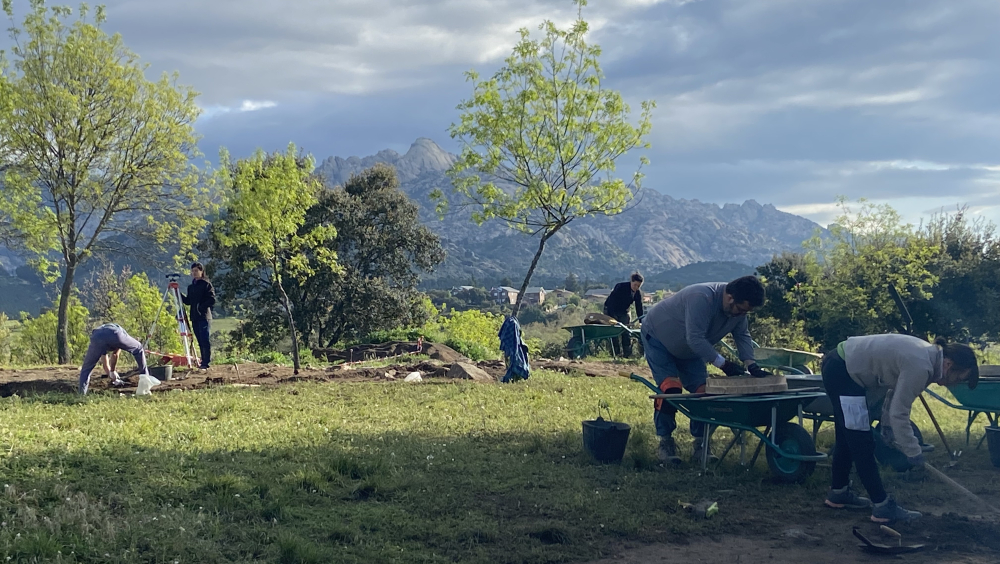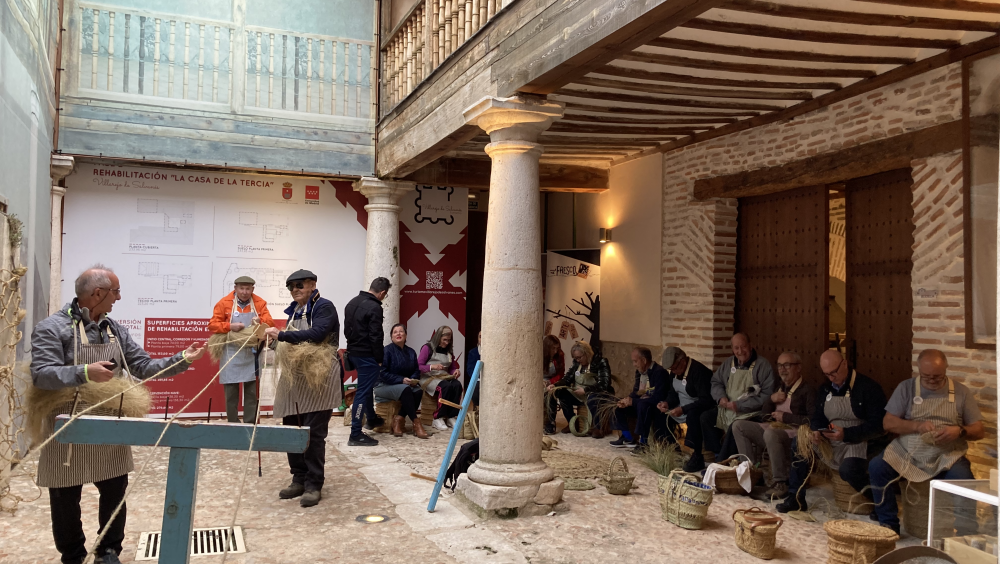Traditional sounds in danger of extinction.
This story is inspired by a combination of experiences of shared values between La Cultora and Al Fresco Museo with the coordination of Esther San Vicente.
Did you know that in 2024 we have many sounds in danger of extinction, associated with the knowledge that our ancestors have cultivated since the appearance of the first Homo sapiens?
They have been transmitted within the community over the centuries, and yet in a few years, they could disappear as living heritage. Centuries of tradition are threatened by the relentless march of progress, as modernity seeks to erase the intricate tapestry woven by our forebears. We have preserved all these treasures in time capsules scattered throughout the Community of Madrid to be discovered with the Geocaching app.
In the heart of Europe, the quaint villages of Sierra del Rincón nestled amidst rolling hills, the ancient art of Dry-Stone techniques stands on the brink of extinction. Once the cornerstone of European construction, this method, passed down through generations, now teeters on the edge of obscurity. The rhythmic tap of hammer against stone, the echo of each carefully placed block—a symphony of craftsmanship that risks fading into silence.
Meanwhile, across the continent, the delicate art of Esparto manufacturing faces a similar fate. For centuries, European communities have cultivated this knowledge, weaving Esparto grass into functional and beautiful objects. Yet, the relentless march of the plastic industry threatens to render this skill obsolete, robbing future generations of a tangible connection to their past and fading the traditional knowledge of Villarejo de Salvanés.
Amidst this encroaching shadow, a call to action emerges. Brave souls like Antonio, Gregorio, and Paula, guardians of tradition, refuse to let their heritage slip away without a fight. Guided by the echoes of their ancestors, they embark on a journey to reclaim what is at risk of being lost forever.
Their quest is not just to preserve the fading sounds of tradition but to reignite the flame of curiosity and reverence for the wisdom of the past.
With each stone laid and each strand of Esparto woven, they breathe life into the echoes of history, forging a path forward that honors the interrelation between traditional knowledge and the sonic elements of labor. Their story serves as a rallying cry—a reminder that the treasures of our past are not mere relics of bygone eras but living legacies that deserve to be cherished and protected for generations to come. If you are curious to discover all this sound heritage, follow the clues that our protagonists are planning to leave in the Geocaching app and find the treasures we will hide for you.
Lying in the grass of that meadow, if you closed your eyes to listen to the buzzing of bees, you could almost smell the aroma of rosemary and remember the taste of honey with that grandmother's cheese. In the memory of Antonio, Gregorio, and Paula, all those memories still linger, fading away as age descends. That meadow is now a pool where the radio plays and smells like mosquito repellent. Jonathan and Erika soak up the sun there with sunglasses bought from a big-box store franchise.
In just a few generations, life has changed so much that stopping to listen to the bustards or watch the dance of the clouds is a privilege reserved for mindfulness and meditation retreats. We have disconnected so much from ancestral activities that the knowledge and feelings that have evolved us as humans are in grave danger of extinction.
The echoes of the bells from that dry-stone hermitage still resonate, next to the sweetest fountain and well imaginable, witnessing pilgrimages sprinkled with local wines and danced by the young men and women of the village.
Generation Z youngsters are twerking dancers now, and their ears are blasted with music in the tents of music festivals much larger than they imagined when they clicked to validate their festival tickets with their shopping cart.
Water in a botijo with a hint of anise was the favorite drink of those esparto workers with hands weathered by the sun and work. At the end of summer, the coming and going of donkeys loaded with the harvest overlapped with the sound of mallets pounding esparto. A hubbub mixed with the murmur of women with their tools, making ropes and braids in the street while singing work songs. Before, everyone seemed happier, more like family.
Now the streets are empty of encounters, limited to neon lights, party perfumes, and plastic money. The voices, the music, and the sounds of all this intangible heritage are in danger of extinction. We want to collect them to unlock memories and inspire imaginations of futures in the community.
With longing for the sounds of these cultural landscapes, we want to create a tunnel of time that brings back those sensations, associated with the works of esparto and dry-stone construction, generating different soundtracks where you can hear:
● The environmental dimension of these ancestral forms of relationship with the territory, capturing the flora and fauna that live around.
● The rootedness of this vernacular knowledge is shared with all of Europe, with interviews where the bearers of heritage share their historical significance and status.
● The collective and community dimension of this type of work, recording interactions between people, involving the integration of young and old during tasks, and sharing this knowledge with other members of the European community.
● The festive dimension of the encounters for work, collecting traditional music that accompanied them.
Each of these areas will become four soundtrack routes that Antonio and Paula will upload to podcast platforms like Spotify, and they can be heard by following the locations marked in the Geocaching app within the two proposed cultural routes. The routes will consist of four strategic points where a treasure chest will be found with different materials written in Spanish and English and a QR code for access to each of these soundtracks.
The story proposed is easily sustainable in the long term, as it does not involve any logistics or require more maintenance than involving the community to maintain the treasure chest. At the same time, it is easily replicable with any heritage anywhere in Europe, as Geocaching is an application with tens of millions of downloads and a huge community spread around the world, often searching for treasures as a resource for family, tourists, educational, or therapeutic activities. Additionally, this tool allows us to create and nurture a network with other groups doing similar work to ours in the European community.
The creation of cultural routes will provoke different forms of positive impact in the community:
- Creating routes that traverse the territory reconnecting urban areas with natural peripheries. The emergence of new forms of employment has disrupted the relationship between the inhabitants of rural areas and their fields, the quintessential source of life. Linking them in the same route with the common thread of tradition will help to regain the appreciation of the territory by the community itself.
- The recording of sound involving residents who still remember and identify all this heritage will mean great recognition for individuals and knowledge that have always occupied subordinate positions.
- The use of digital systems will facilitate access by young people, who will be educated about the sound space.
- The tourist offer of the localities will be enriched in the form of sustainable development.
- The publication of soundtracks in international applications will attract multiculturalism.
Finally, the results of this endeavor could be converted into electronic music, synthesizing the echoes of history with modern sounds, and creating a unique auditory experience that bridges the past and the present.
European Dimension
This story is created to raise awareness of Europe's cultural richness and diversity, as well as to stimulate interest in its cultural heritage among young people. By focusing on the preservation of endangered sounds, this project can be further enriched with a distinctly European dimension through collaborative efforts and knowledge exchange among European nations confronting similar challenges.
Our story values aim to establish sound heritage routes for people to explore and engage with, leveraging the Geocaching app to unveil hidden sounds along the route through QR codes. This initiative underscores the importance of sound heritage as a significant asset for cultural identity and community cohesion across Europe.
Through active engagement with local communities, our project encourages visitors to discover and appreciate the varied soundscapes throughout Europe, thereby fostering a sense of shared heritage and collective responsibility for its safeguarding. Emphasizing the pivotal role of local communities in preserving and sharing their distinctive sound heritage underscores the significance of grassroots initiatives in upholding cultural diversity and fostering intercultural dialogue within the European context.
Furthermore, our project seeks to empower local stakeholders, including historians and community leaders, to play an active role in preserving and promoting endangered sounds within their respective regions. By integrating technology with cultural heritage, we aim to contribute to the European Dimension of heritage by facilitating collaboration, fostering cultural exchange, and raising awareness about the critical importance of sound preservation across Europe.
In summary, our story proposal aligns with the European dimension by fostering collaboration among European countries, highlighting the importance of sound heritage for cultural identity and community cohesion, empowering local stakeholders, and promoting intercultural dialogue through grassroots initiatives.
